Radikally Different - Our World View
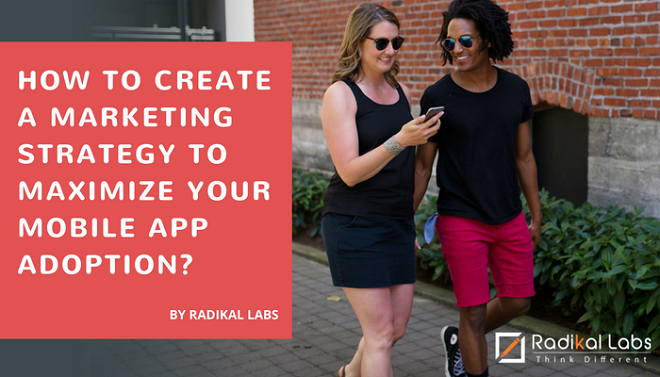
5 Simple Ways to Retain App Users And Increase Mobile App Engagement
Mobile users cannot be gauged and analyzed by conventional metrics. They tend to make random choices and are hard to satisfy. App developers have started finding it harder to pull the users and save their alliances for longer period of time. Engaging users and retaining them are two different sides of the coin but are equally important for the success of an application. The key to success greatly depends on a fine balance drawn between app engagement and retention of users.
Engagement in an app is calculated by the number of active users on a mobile app. There are distinguishing views (given by various industry experts) on mobile app engagement. Some have stated the importance of the first 1 week after an app gets launched. Others have found the first few months as very crucial to develop and plan the success route of an app through user retention and engagement techniques.
An app is called ‘sticky’ when both areas of retention and engagement are successfully met with. Loyal users are the ones who get interested to re-visit the app at regular intervals. User conversions and must be the prime objective for mobile app developers/publishers. Keeping users engaged and ensuring repeat usage is the key to success for mobile app development companies.
Problems
You must know that it is difficult to achieve sufficient mobile app engagement and retention rates. In acknowledging this you will be able to move forward with your marketing and app promotional strategies. You might make minor tweaks in UI or UX of your application and attain success. Secondly you can start promoting about the app’s special features across social media to create a buzz. Thirdly you can post videos as part of your promotional campaign to inform people about your brand. These are simple ways to initialize your app engagement process.
Mobile users are impatient which makes them abandonment apps once they do not get connected. Interest levels of users must be gained during the starting days. Users tend to download numerous apps but sooner they lose interest they delete these apps. If an app is opened once a week chances of user abandonment increases by 60%. The reality is that app developers are up against a competitive market in which users have a lot of choice.
Do not lose hope as there certainly is some good news in the means of app marketing strategies. There are several ways to increase both app engagement and user retention which is done by building more active and loyal app user bases.
- Reducing App Abandonment
Introducing onboarding experience for users can help reduce app abandonment rates. There are various types of mobile onboarding user flows such as the progressive and traditional ones. One good example of effective UI testing quality of onboarding is Robindhood app –
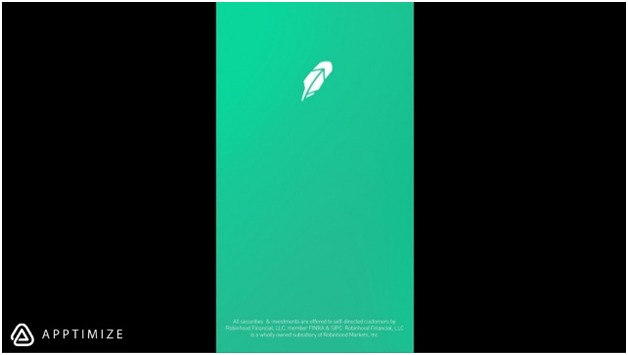
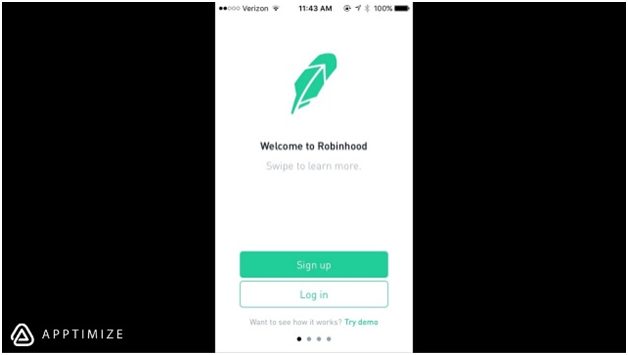
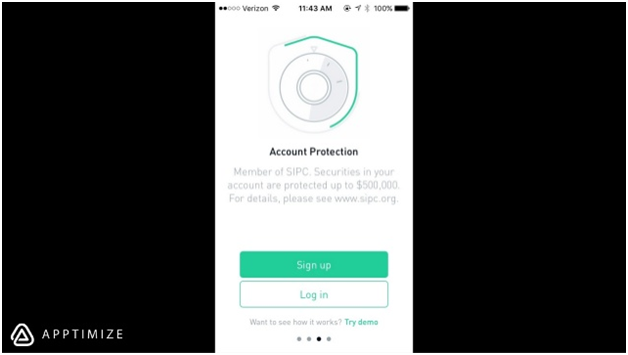
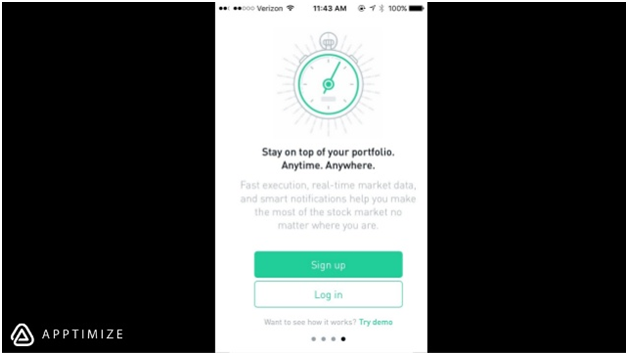
The app addresses user’s concerns surrounding security. Robinhood is impressive in its clear cut onboarding. Giving importance to user sentiment is important and app developers must take note of the way it has been addressed by Robinhood app.
The most difficult steps to begin are sign up and filling up too much information in the related fields. Users can get easily confused with the features and app’s functions due to security concerns. This can lead to users abandoning your app.
Experiencing an app for the first time is the most important user experience. An Effective form of onboarding has also shown signs of increasing user lifetime value by up to 500%. Here are a few ways that can help you create an intelligent frictionless app onboarding process.
- Build an easy account creation process by reducing number of steps for signup
- Do not include too many information fields.
- Offer some attractive features and functionalities.
- Include action-centric gestures which is important for an enjoyable app experience.
- Push Notifications
Push notifications tend to increase user retention to a great extent. Mobile statistics have shown a growth of user retention from a 56% to a highly impressive 180%. Users choosing push notification alerts exhibit 88% higher app engagement than users not opting for it.
Push messaging serves important functions for mobile apps. Besides reminding users that they have downloaded your app it also alerts them in case they are competing with other players from their industry on their devices.
Push notifications encourage increased app usage with the help of targeted messages that are based on users’ behavioural data and preferences. Applications that serve certain specific functions and are not meant to drive daily usage can help engage users by including certain promotional services, offers and discounts to compel users to return to the app.
- Personalization
Personalization introduces unique experiences for users. An app needs to be more aligned with the experience of a user according to his/her needs and preferences. Once this is achieved it becomes easier to focus on their use of the application.
Personalize the user experience by displaying relevant content within the app. Including the user’s name on the screens and in messaging can be an effective means of personalization.
However as an app developer/publisher you need to go deeper into this territory to ensure relevance of push notifications. Relevant content sent to users keeping in mind his/her individual preferences will usher success in personalization drives. Push messages tailored according to user interests have reportedly been found to bring in 54% conversion rate whereas broadcast messages have maintained as meagre conversion of 15%.
However you need to be careful while implementing push notifications. Improperly and irrelevant texts and notifications will irritate users.
- Incentivization
If you want to increase mobile app engagement and user retention you must provide users with incentives to return to your app and continue using it for a longer period. Special points, rewards, access to specialized content, coupons, offers, special promotions and classified information will help you drive conversions and encourage engagement.
Nature of your app will also determine the success of incentivization. Apps having in-app purchases as their monetization model will benefit greatly from limited period offers and discounts. In case of freemium apps you can incentivize users by giving them usage-based rewards.
- Product Iteration
Apps are iterative. Whether they are less viable in the marketplace or are mature, polished, and fully functional products app are full of instructions and call to actions. Updates and new features like personalized content help users to remain interested and engaged in your app. As an app developer it is your innate responsibility to introduced specialized updates for your apps. This brings in increased engagement and also retains your existing users.
You can set effective road maps for your app by using analytics, tracking user behavior, assessing and replying to user feedback. You will know what your users want and what features are driving better usage by including updates. You will become valuable to your users when you constantly satiate their needs and preferences by understanding their usage behaviour.
Acquiring users is important. App engagement and user retention are equally important. Converting users to become your most loyal and long-term customers will be potential revenue generating forces for your app.
Read Also: How to Retain Users with Cost Friendly Features?
- Augmented Reality (4)
- Enterprise (9)
- Games (15)
- Marketing (17)
- Mobile App Development (26)
- Mobile Apps (19)
- Mobility Solutions (1)
- Monetization (8)
- News (16)
- Remote Hiring (1)
- Strategy (13)
- Testing (7)
- Uncategorized (1)
- User Experience (8)
- Virtual Reality (4)
- Web Browsing (1)
- Web Design & Development (20)
Pingback: Simple Ways to Increase Both App Engagement and...()